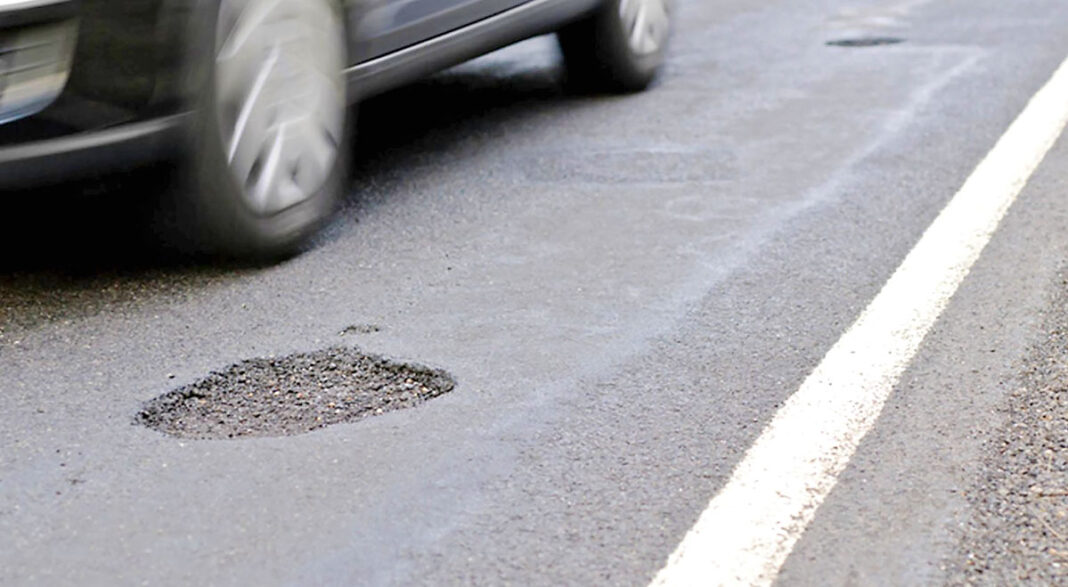Hitting a pothole while driving, whether they’re big or small, can be a bone-rattling experience.
It’s annoying and uncomfortable at best, but at its most severe, hitting a pothole can damage your vehicle and even cause a crash.
More than half of respondents to RAA’s Report a Road program mentioned potholes and cracks as a problem on regional roads.
So, how do potholes damage your car? The RAA has compiled some information:
1. Tyres and wheels
Tyres are a car’s fundamental contact point with the road, so they feel the most force when you hit a pothole.
The pothole’s hard edges can cause the tyre to compress against the wheel on impact, slicing the rubber or snapping the belts that hold it together.
This can lead to a flat tyre, bulging sidewall or tread separation.
As a result, the tyre will need to be replaced immediately.
Do not try to drive your vehicle with a flat tyre as you may further damage the wheel.
Potholes can also cause chips, cracks and bends in your wheel, which means it will not form an airtight seal with the tyre.
This can cause vibrations through the car while you’re driving.
2. Steering and suspension
Your car’s suspension absorbs bumps and other impacts, so passengers do not feel them.
However, potholes can damage your suspension and even cause alignment issues.
Repeated jolts from potholes can also accelerate wear and tear on your steering and suspension.
If you have suspension or alignment problems, you might notice the car pulling in one direction, the handling feeling loose, uneven tyre wear or unusual vibrations and sounds.
3. Undercarriage and body
Have you hit a deep pothole? You know, the ones that fill with water during a heavy rainstorm.
These holes can be particularly damaging to your car’s undercarriage.
If the exhaust, muffler or catalytic converter scrape against a pothole, they could be damaged.
Damaged oil pans can also cause leaks, resulting in the engine overheating or damaging pistons and bearings , which in turn can result in serious engine failure.
A high-speed jolt from a pothole can damage bumpers and side skirts, or at worst, cause them to detach from the car’s body.
Navigating potholes
Approaching a road that’s dotted with potholes? First, slow down to give yourself plenty of time to react and look ahead so you can spot potholes in advance and navigate around them.
If you’re following another vehicle, leave enough space so you can see potholes ahead.
Do not slam on your brakes if you hit a pothole as it can cause the car to nosedive, grinding the front wheels into the hole.
It’s better to brake early, slow down and then coast over the pothole.
Hold the steering wheel firmly so you do not lose control of the vehicle.
Last, beware of puddles – you do not know what sort of pothole might be lurking beneath the water’s surface.




